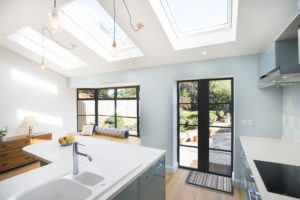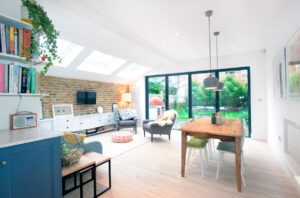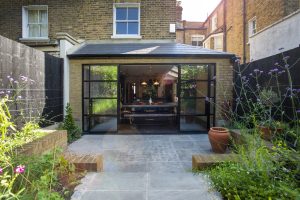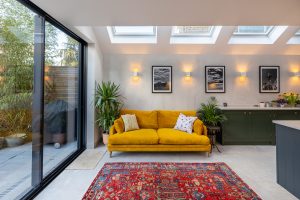Have you ever felt like your house is bursting at the seams? Maybe you’re running out of storage space, or your children need a play area. Perhaps you work from home and need a home office, but your current living space doesn’t allow for one. Whatever your situation, the lack of functional space in your home can cause a lot of stress and frustration. This is where a home extension can provide the easy solution.
Additionally, as your family grows and your needs change, your home can often fall short of meeting your functional needs. A home extension can provide you with additional living space and enhance the functionality of your home.
However, with so many design options available, homeowners are often unsure which features they should prioritise. To ensure your home extension is functional and practical for your needs, it’s essential to consider certain elements. First, think about your lifestyle and what you need your home to accommodate. Do you need more storage space, a larger living area, or a dedicated workspace?
In this article, we’ll help you identify your requirements and discuss the essential elements you should consider when prioritising functionality. By prioritising these elements, you can ensure your home extension is functional, enhances the overall aesthetics and increases its value.
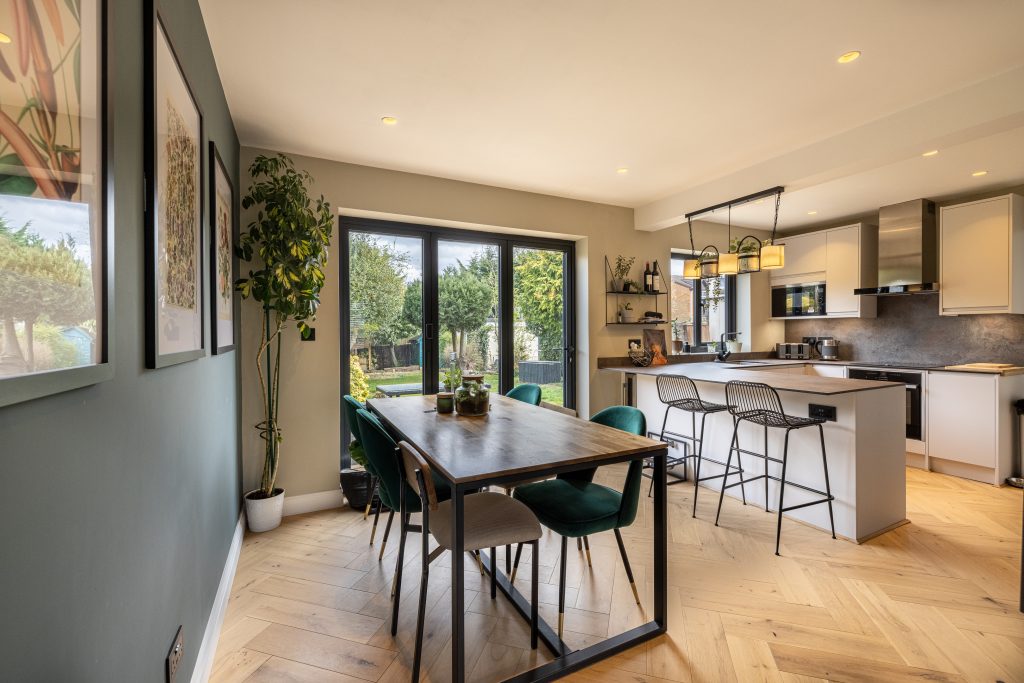
Invest In a Well-Designed Extension
A functional home extension can provide you with the additional living space you need. Here are a few key elements to consider:
Natural Light: A well-lit space can make all the difference, both in terms of mood and functionality. Consider adding skylights or large windows to bring in natural light.
Flow: Ensure your new extension flows seamlessly with the existing space. This will make the transition between the old and new space feel natural and cohesive.
Storage: Whether it’s a built-in wardrobe or clever storage solutions, ensure your new extension provides enough storage space for your needs.
Flexibility: Consider how the new space can be adapted to your changing needs. Can it be used for multiple purposes, or will it only serve one specific function?
By prioritising these elements, you can create a space that meets your specific needs and adapts to your changing lifestyle. Investing in a well-designed extension will make your home more enjoyable to live in and increase its value in the long run.
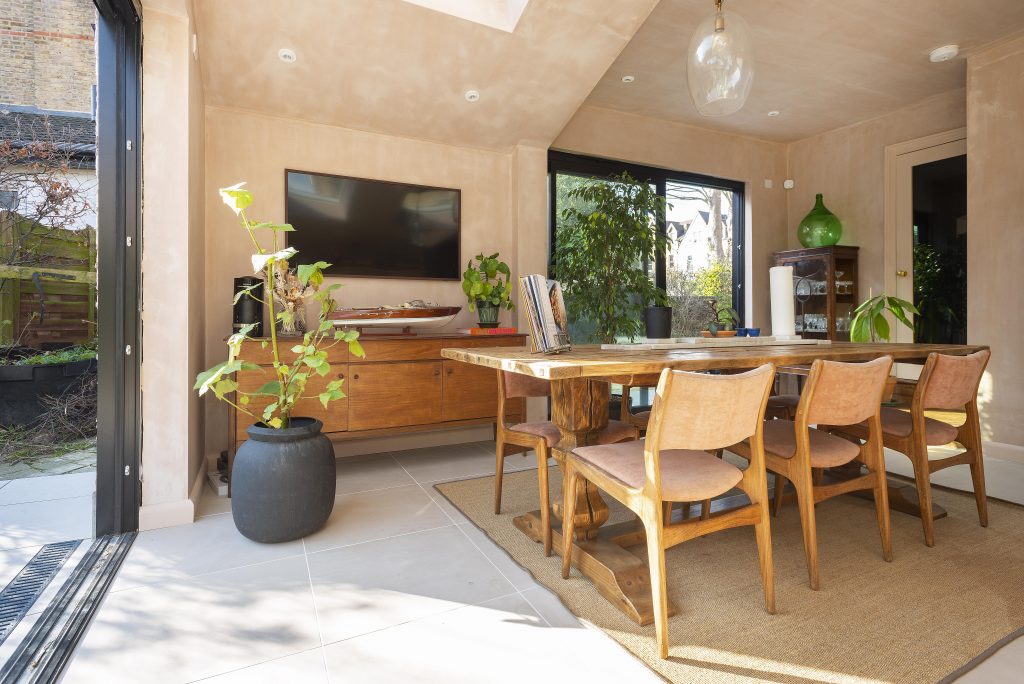
Identifying Your Functional Needs
Before beginning the design process for your home extension, it’s essential to consider your functional needs. What do you need your extension to accommodate? What are your day-to-day activities, and how can the extension improve your ability to carry them out?
For example, if you work from home, you may need a dedicated home office. Alternatively, if you have a growing family, you may need additional bedrooms or living areas. Once you’ve identified your functional needs, you can begin designing the extension around them. You may find it helpful to create a list of must-haves and nice-to-haves to guide your design process.
Maximising Floor Space
When you’re planning your home extension, it’s essential to make the most of your available floor space. Consider how you can maximise the area without compromising functionality. Can you create an open-plan living area, or will your needs be better served by separating rooms?
Maximising floor space doesn’t necessarily mean making the extension larger. Sometimes, it’s about finding creative solutions to make the most of the available area. For example, consider adding built-in storage to reduce clutter and free up floor space. Alternatively, you could create multi-functional furniture to serve multiple purposes within the extension.
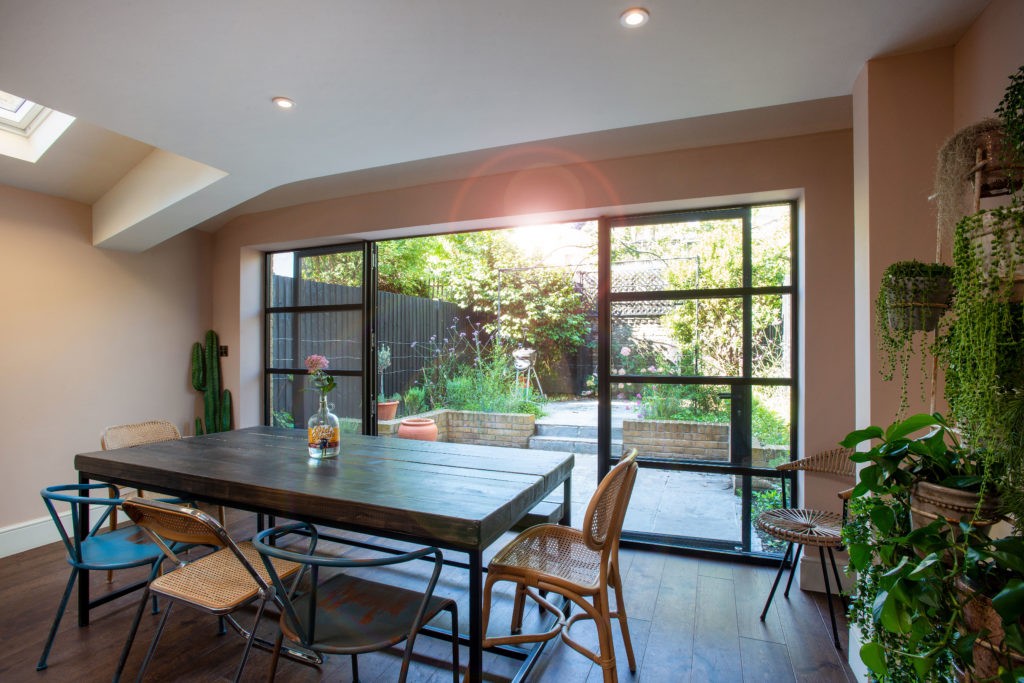
Efficient Traffic Flow
Efficient traffic flow is essential to ensure your new extension feels functional and practical. Consider how people will move through the space and how they will interact with different areas. Create a clear path between rooms and minimise any obstacles that could create bottlenecks.
Efficient traffic flow can be achieved through careful planning of your extension’s layout. For example, consider creating a central corridor or having an open-plan living area that flows naturally into different areas. Minimising the number of doorways and hallways can also help to improve traffic flow.
Utilising Natural Light
Natural light can make a significant impact on the functionality of your home extension. Not only does natural light improve mood and productivity, but it can also make your home feel more spacious and inviting. When you’re designing your extension, consider how you can maximise natural light in the space.
Consider adding windows or skylights to let in more light. If privacy is a concern, you can use frosted or tinted glass to allow light in while maintaining privacy. Additionally, consider adding mirrors or other reflective surfaces to bounce light around the room.
Choose window treatments that can be opened and closed easily to control the amount of light that enters the room. Utilising natural light is an easy and effective way to make your extension feel more functional and practical.

Strategic Storage Solutions
Storage is essential to keep your home extension functional and organised. However, adding too much storage can clutter the space and make it feel cramped. When you’re designing your extension, consider strategic storage solutions that maximise storage space without sacrificing functionality.
For example, built-in storage can help to minimise the amount of floor space taken up by furniture. Additionally, consider using multi-functional furniture, such as a storage ottoman or a sofa bed. These can serve multiple purposes while still providing valuable storage space.
It’s also essential to think about the location of storage within the extension. For example, adding storage near entryways can help to minimise clutter and keep the space organised. Consider how you can add storage in a way that is both functional and aesthetically pleasing.
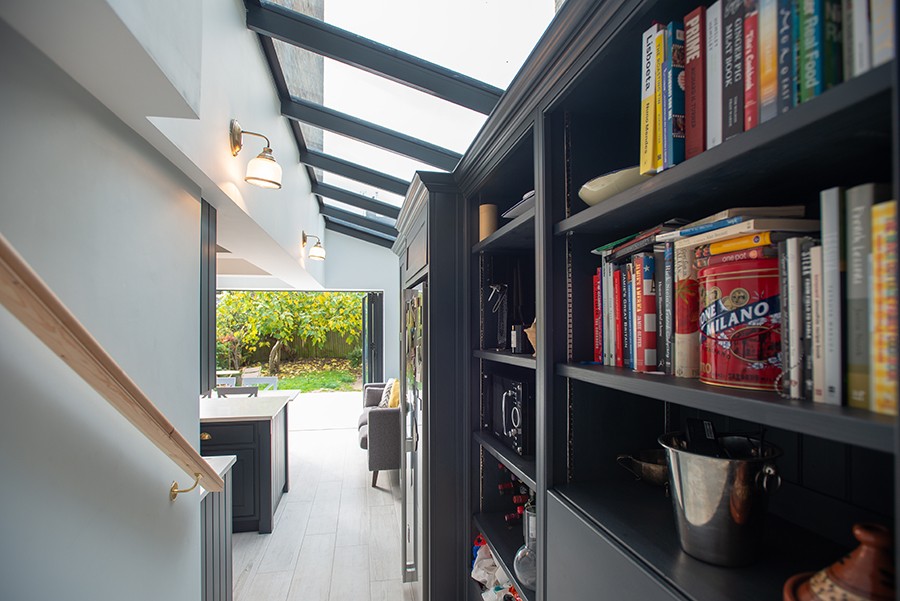
Designing Your Extension for Multiple Uses
When you’re designing your home extension, consider how you can incorporate flexibility into the space. As your needs change over time, your extension should be able to adapt to meet them. Incorporating flexibility into your design can save you from costly renovations in the future.
For example, consider creating multi-functional spaces that can serve multiple purposes. A guest bedroom could also double as a home office. Additionally, consider designing your extension with easy-to-move furniture, allowing you to change the layout of the space easily.
It’s easy to get caught up in the aesthetics of your extension but remember functionality should always be a top priority. Your extension should meet your practical needs and improve your quality of life, even if it means sacrificing some design elements.
Consider which features are most important to you and which ones you can do without. For example, you may decide you can’t afford to add a large skylight to your extension, but you can add smaller windows to increase natural light.
With careful planning and attention to detail, your house extension can be both beautiful and practical.


